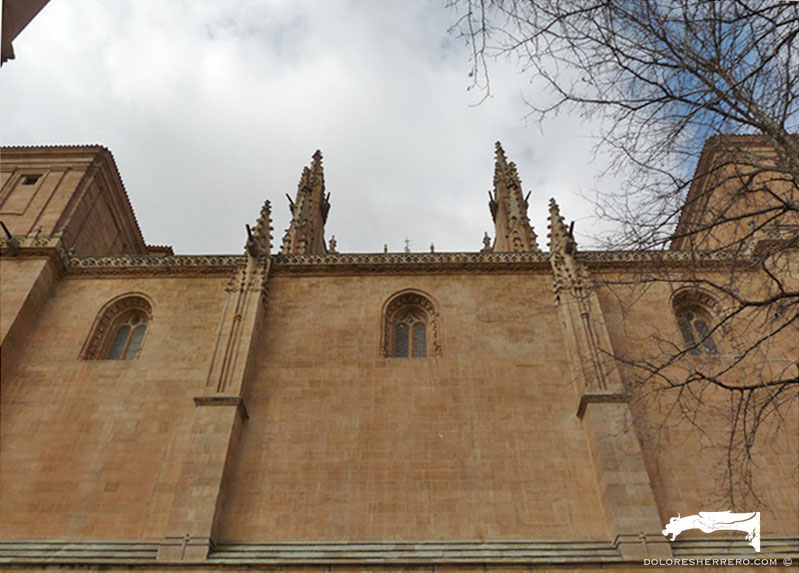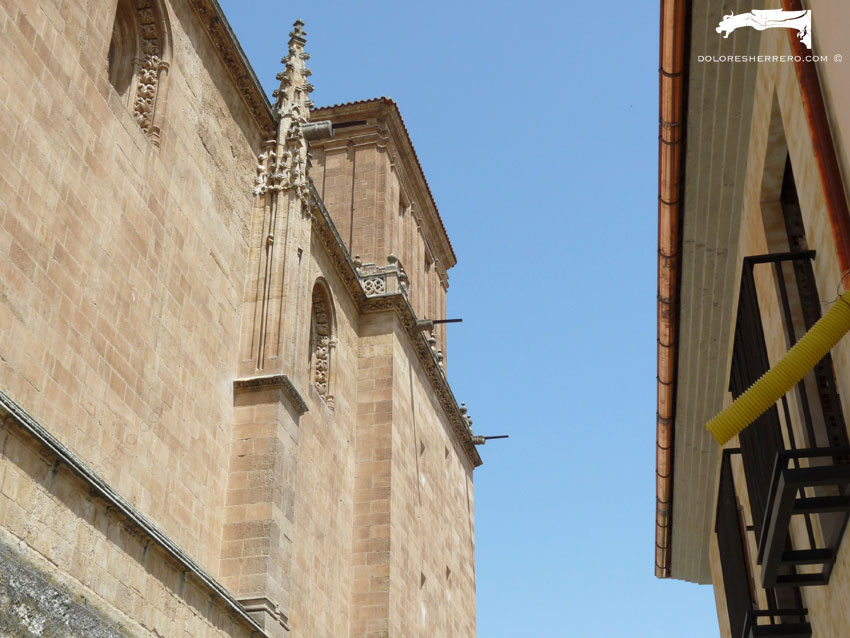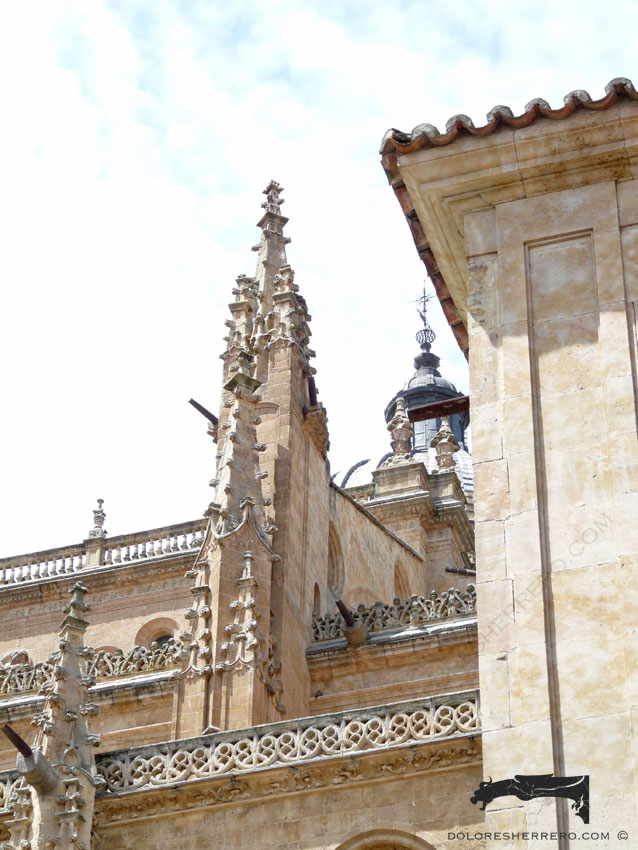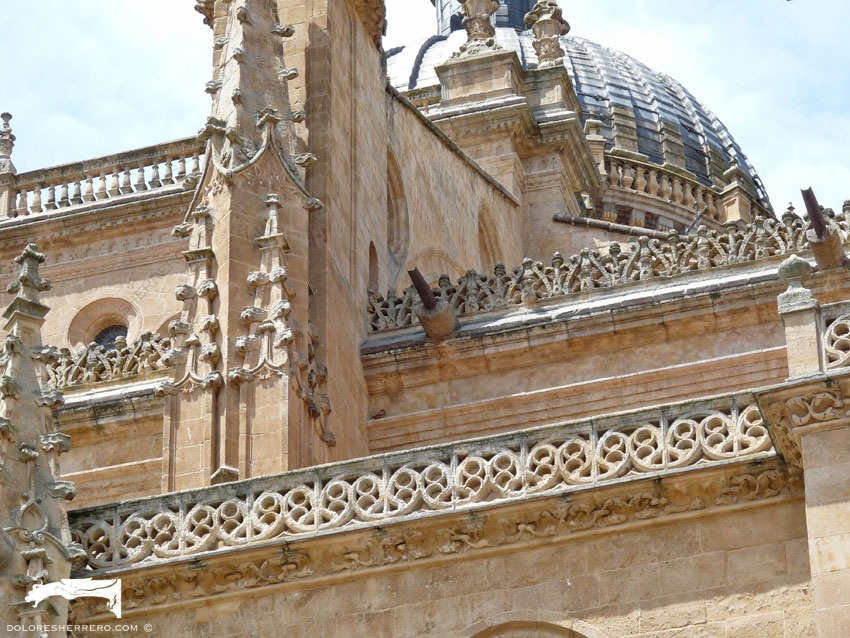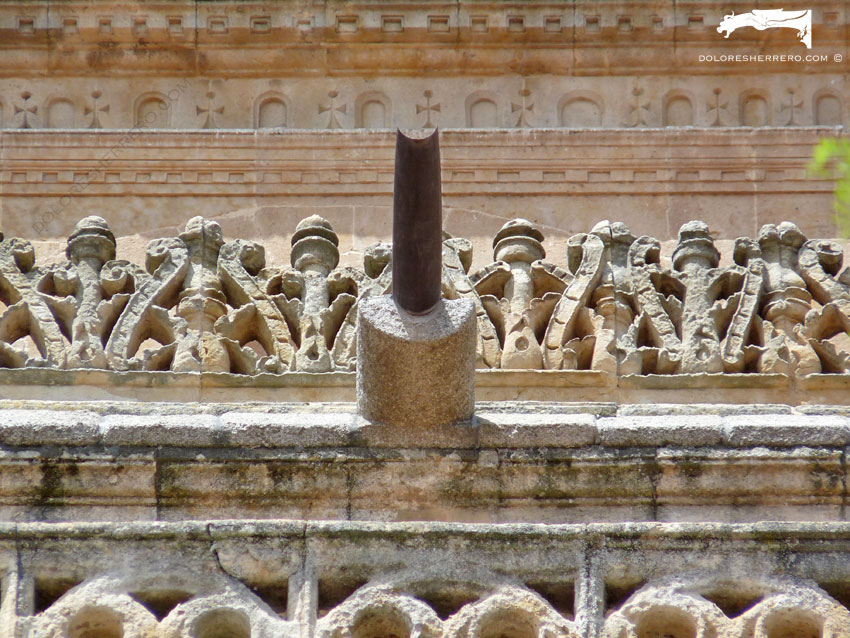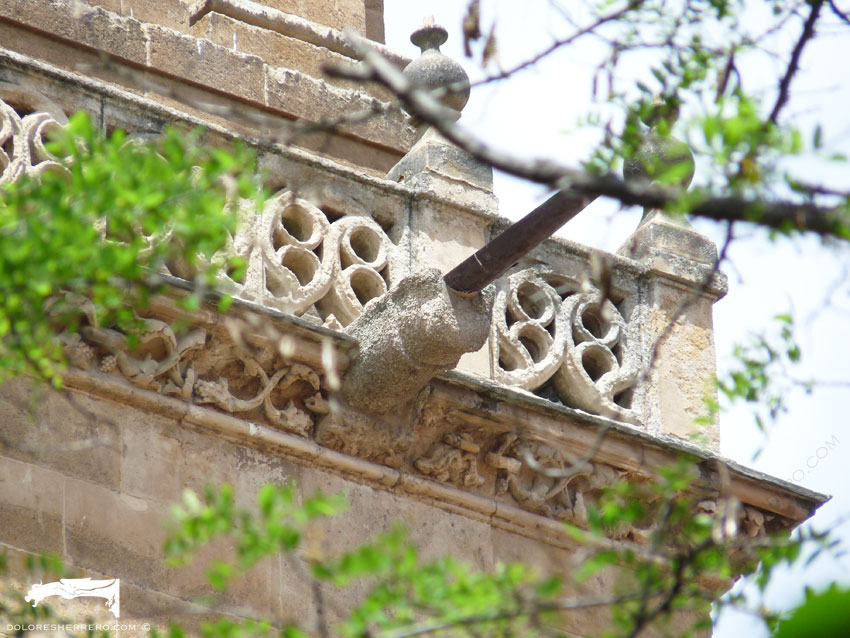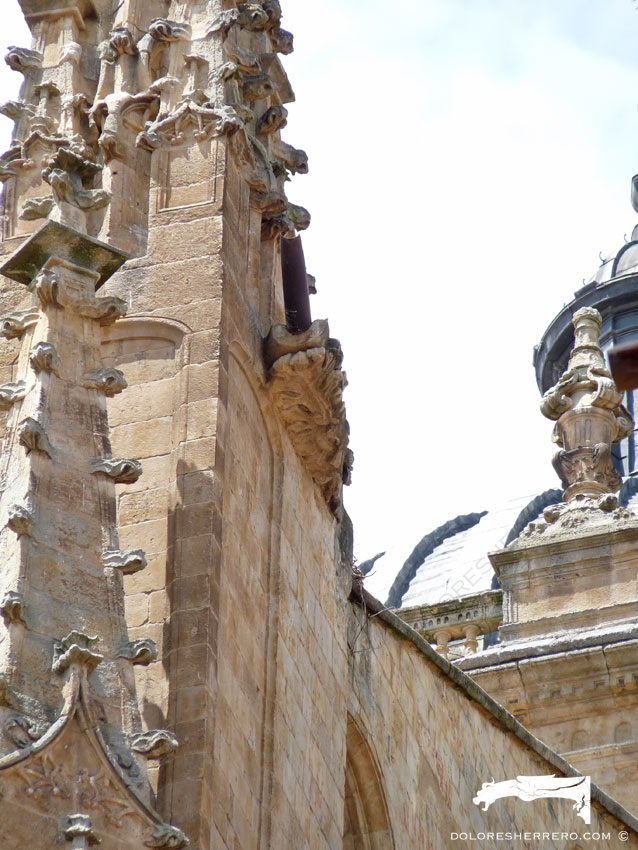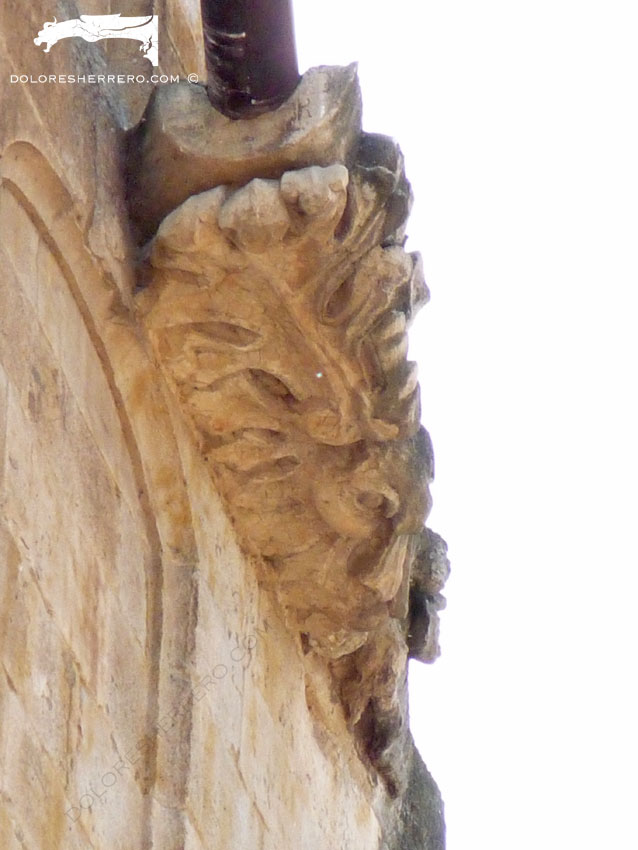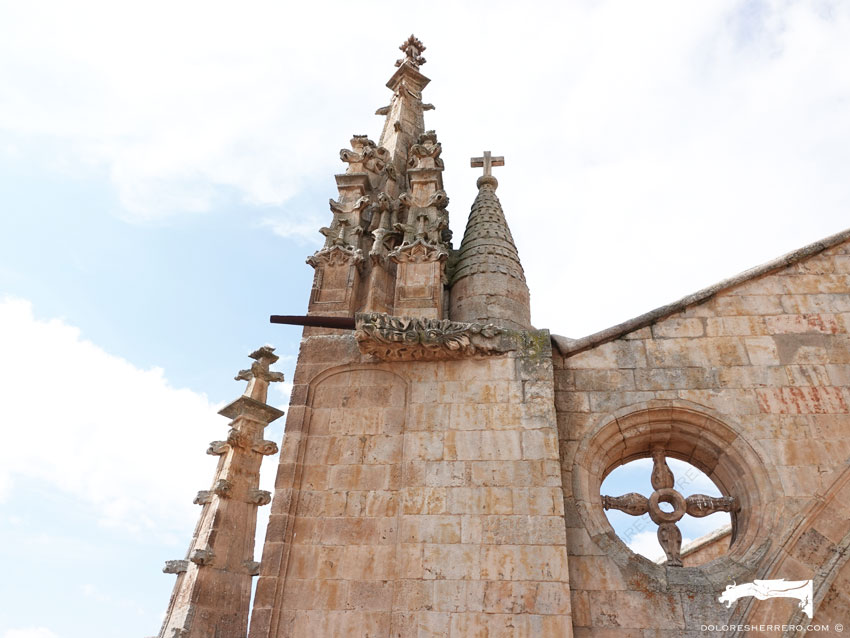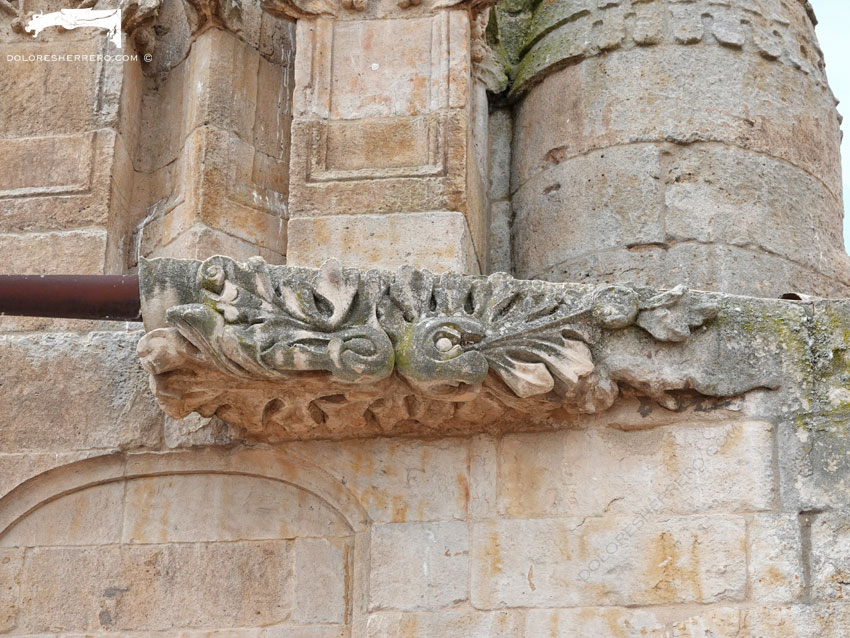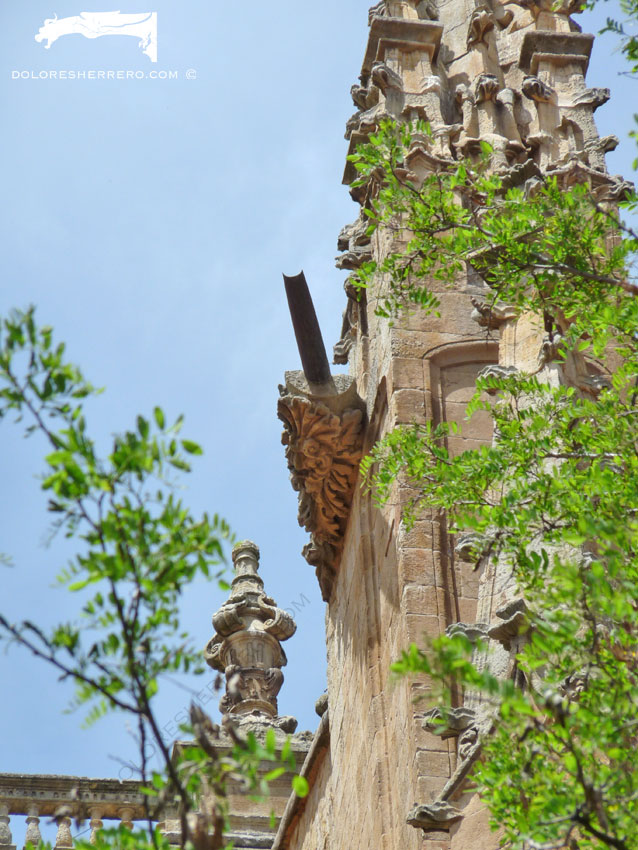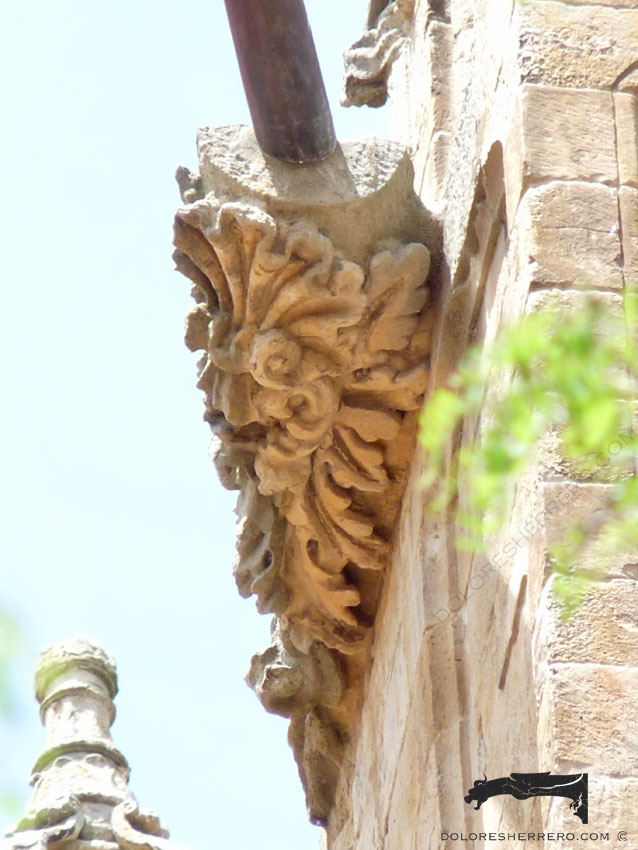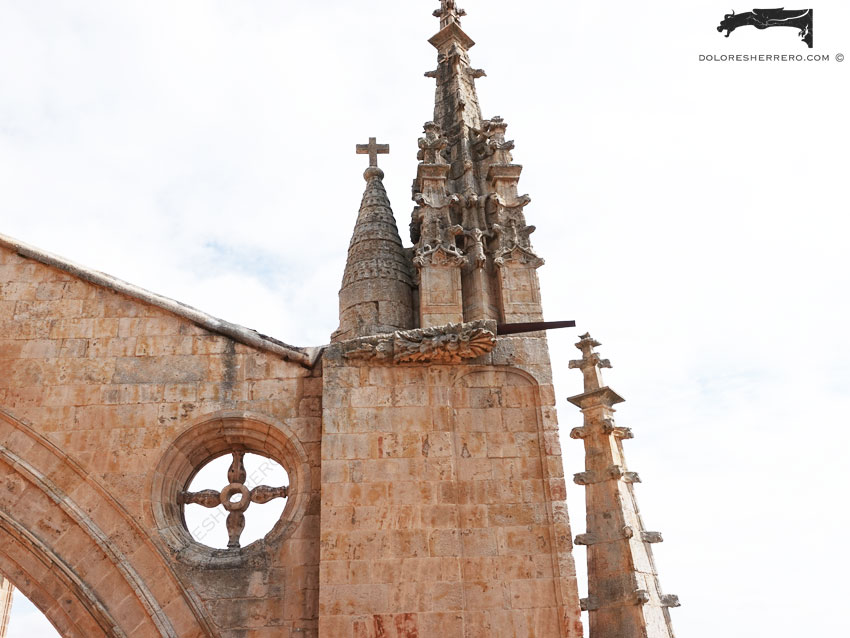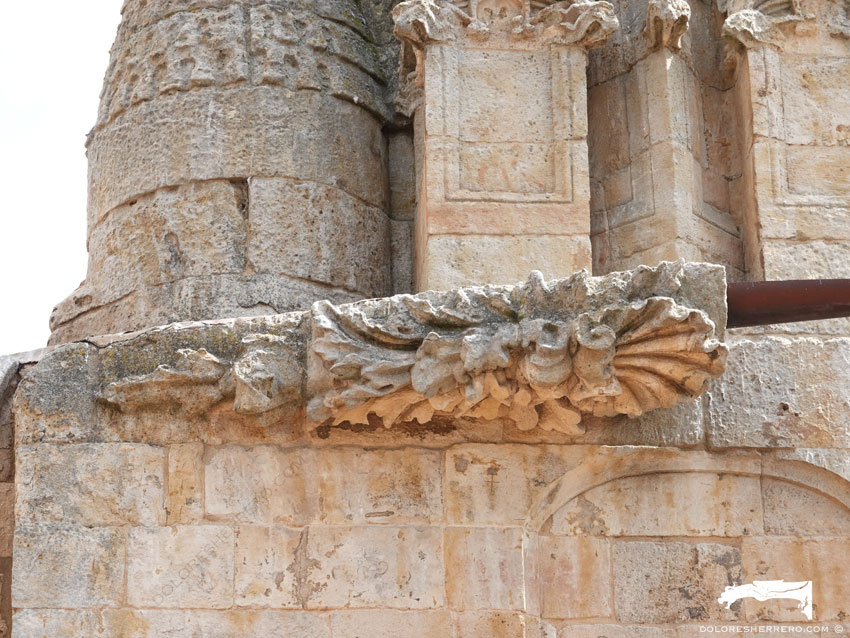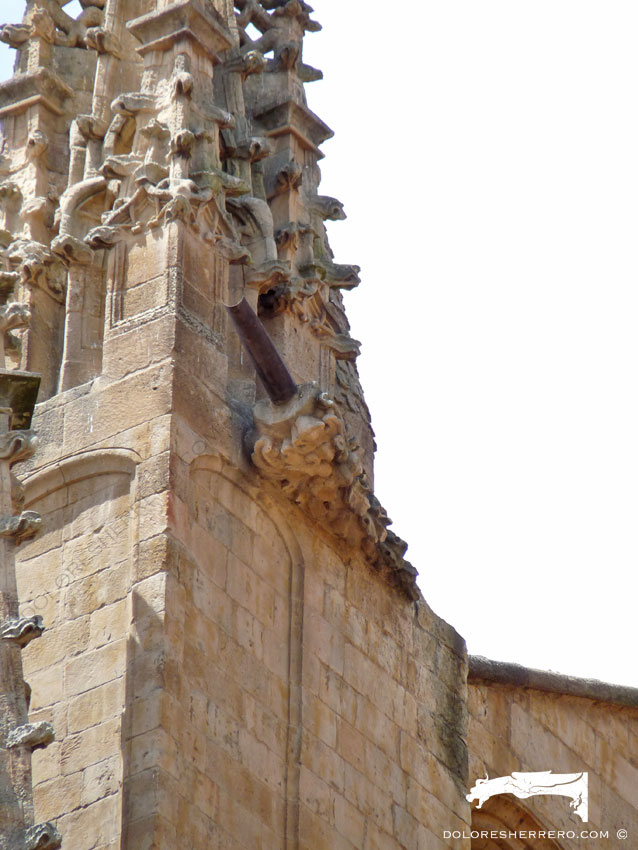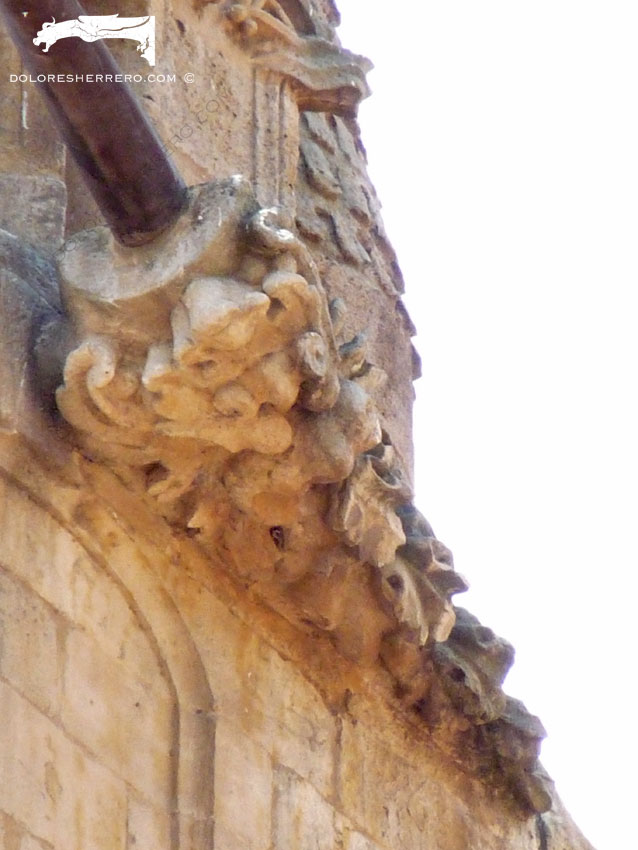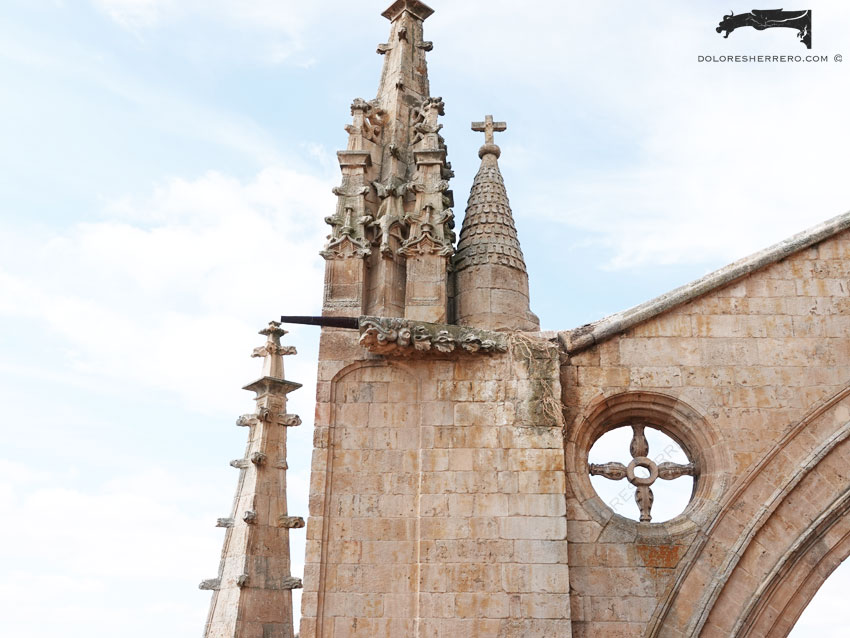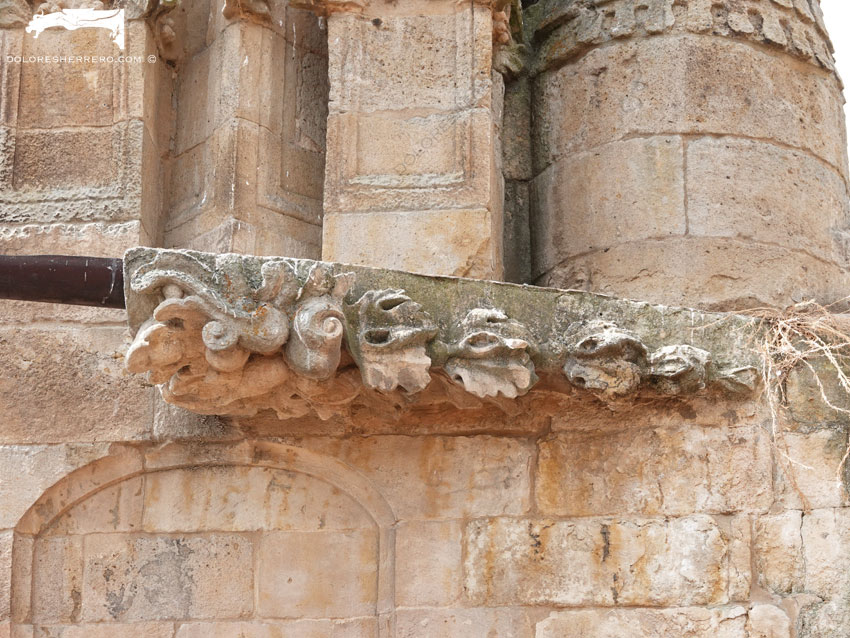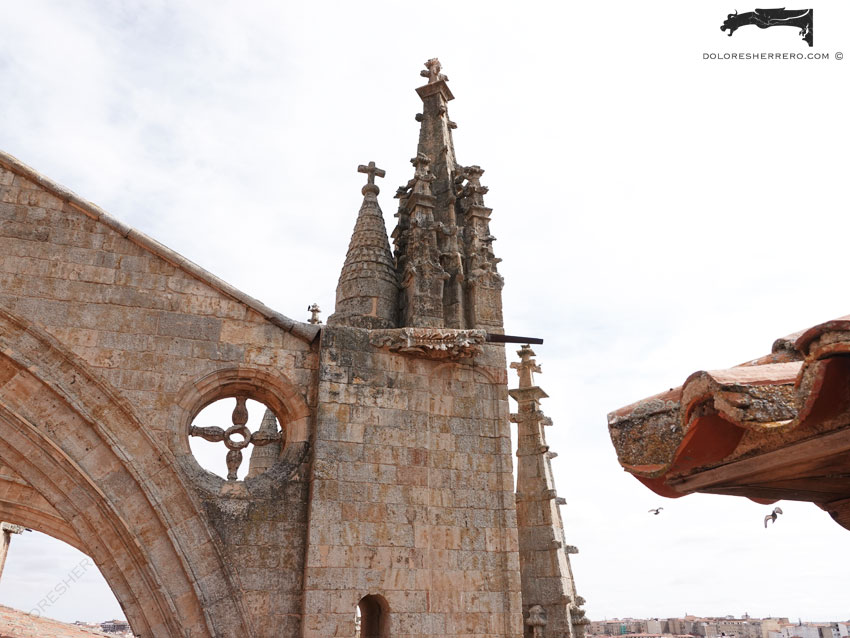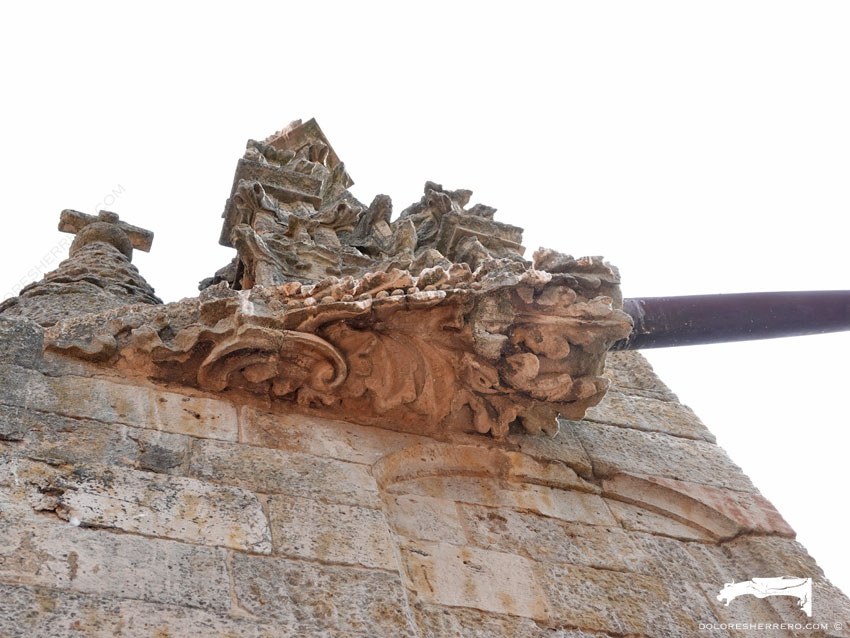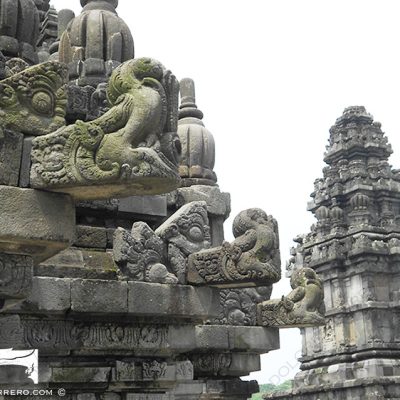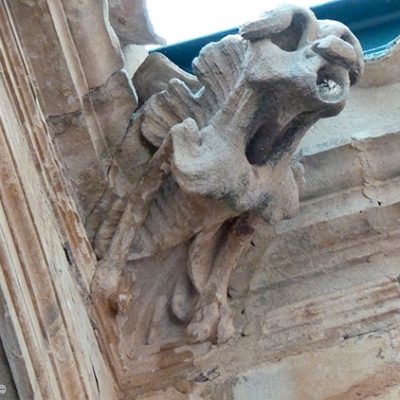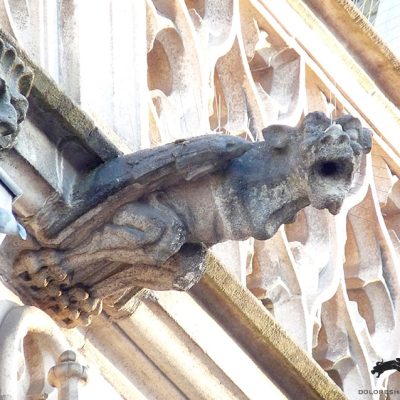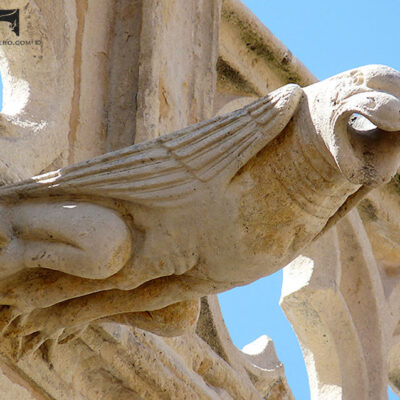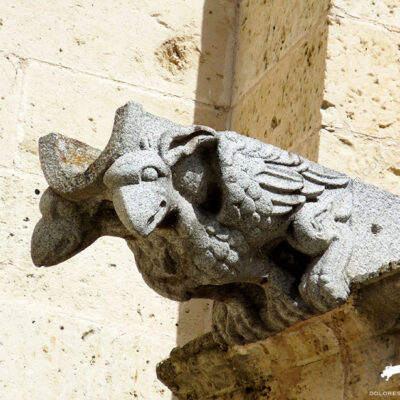Gargoyles of Salamanca
Once again, we return to the magnificent New Cathedral of Salamanca to continue uncovering its gargoyles. In this post, we will explore those found on the eastern side of the building.
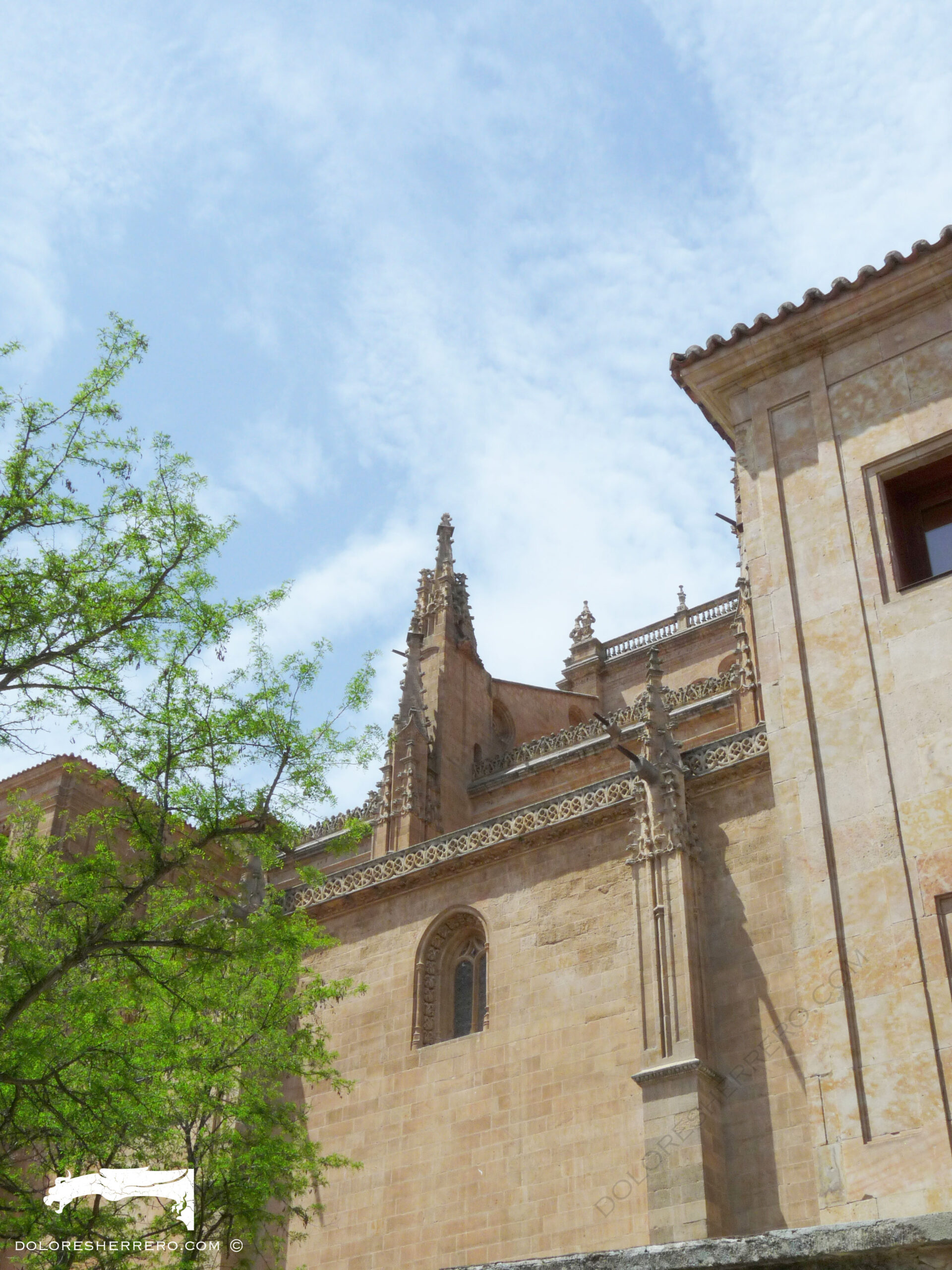
A Hidden and Exceptional Ensemble of Gothic Gargoyles
What has led us to dedicate an entire article to the gargoyles of this particular area is the extraordinary group of sculpted figures located at the ends of the flying buttresses. These gargoyles are truly a delight to behold. Because they are hardly visible from street level and can only be appreciated from the cathedral’s terraces, we aim to show you—or rather reveal to you—what is essentially a hidden treasure: one of the most remarkable collections of gargoyles in Spain. These sculptures belong to the late Gothic period and exhibit a remarkable iconographic richness.
A Journey Along the Gargoyles of the Cathedral’s Eastern Flank
On the eastern side of the cathedral, there are sixteen gargoyles in total: four vegetal monsters and twelve geometric gargoyles.
Geometric Gargoyles: Functionality and Simplicity
Before turning our attention to the gargoyles atop the flying buttresses, we pause briefly to consider the geometric gargoyles found on this side. These are simple stone blocks with some moulding— purely functional pieces designed to channel rainwater. Some take the form of semicylindrical spouts with a small opening and a long metal pipe, while others feature double mouldings.
Vegetal Monsters: Gargoyles of Salamanca’s Late Gothic
At the ends of the flying buttresses, flanking their sides and nestled beneath pinnacles, are four exceptional gargoyles. We refer to these as “vegetal monsters”, a typology characterized by vegetal compositions in which leaves, spirals, and other elements come together to form fantastical shapes. Depending on the angle, these figures appear monstrous; sometimes, the leaves themselves form grotesque faces. This decorative language aligns closely with the emerging Plateresque style in Salamanca. Each of these gargoyles is carved with remarkable skill and detail— a level of craftsmanship akin to goldsmithing. This meticulous craftsmanship can be seen in other parts of the cathedral, both inside and out.
Gargoyle 1
Gargoyle 2
Gargoyle 3
Gargoyle 4
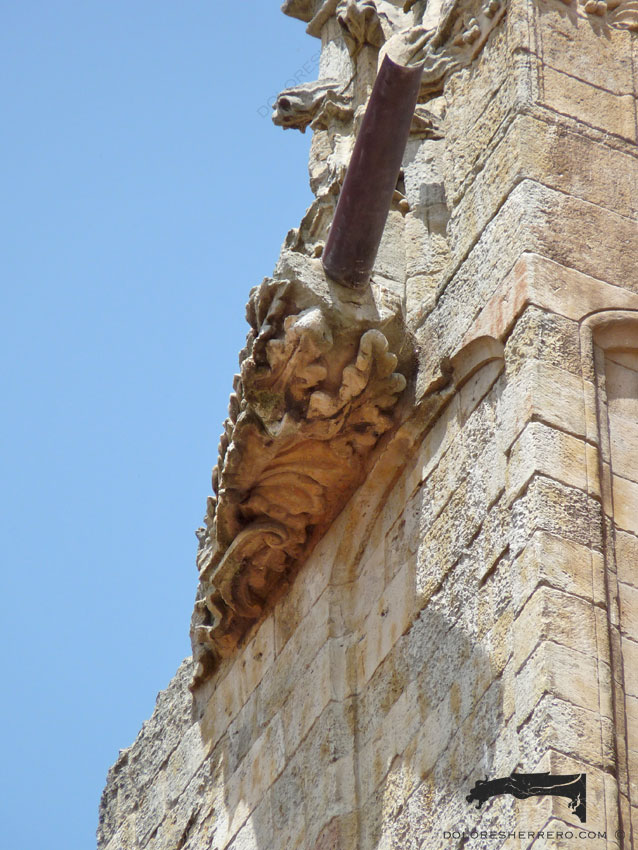
The Architectural Context: Two Masters of the Late Gothic
We know that Juan de Álava worked on the outer walls between 1535 and 1537, and that Rodrigo Gil de Hontañón, appointed master builder in 1538, carved the flying buttresses in 1544. Both were prominent figures of late Gothic architecture and pioneers of the emerging Plateresque stylistic language in Spain.
Monumental Sculpture and the Fantastic in Salamanca
Salamanca is a city steeped in sculptural excellence and a certain magical allure. As you walk through its streets, you are constantly met with the presence of fantastic beings adorning the façades of palaces, houses, churches, and convents—a decorative richness that permeates the city’s architecture. Among these monstrous and mythical figures, and within the lush ornamentation of the Plateresque, the gargoyles of the cathedral captivate the viewer, offering an extraordinary journey through this stone-carved landscape.
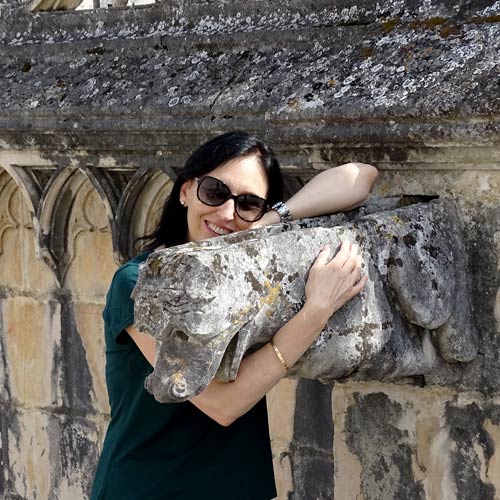
Doctor of Art History and researcher specializing in the study of gargoyles.
I am Dolores Herrero Ferrio, and my thesis, “An Approach to the Study of Gargoyles of Gothic Cathedrals in Castilla and León”, is dedicated to the study of these fascinating figures.
If you like gargoyles and art history, you will also enjoy my book, “The Gargoyle and Its Iconography,” a book I have written with great care for those interested in the world of gargoyles.
I have created my own Encyclopedia of Gargoyles, a Gargopedia to share with you, where you will discover all the secrets and wonders of these enigmatic sculptures.
I hope you enjoy this Gargopedia as much as I have enjoyed creating it, and remember that each gargoyle has a story to tell, and here you will discover them all.
